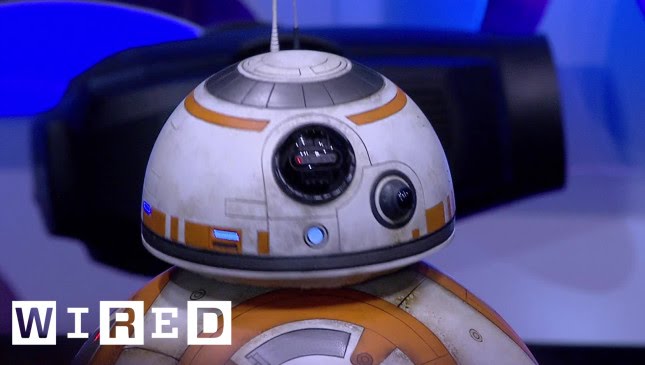The Disco Clam’s Unique Defense Mechanism: A Mesmerizing Light Show
Summary
In this article, we discuss the discovery made by Dr. Lindsay Dohert regarding the disco clam’s unique defense mechanism. The clam flashes a mesmerizing light show when attacked by the mantis shrimp, which can hit at the speed of a six-caliber bullet and cause cavitation underwater. The disco clam has tiny silica nanospheres that reflect light and is not bioluminescent. The most interesting interaction observed in the study was the disco clam opening mid-attack, flashing its light show at the predator. The mantis shrimp went into a catatonic state for up to 15 minutes, which was a bizarre discovery. The disco clam’s flashing behavior during an attack by a predator, particularly the mantis shrimp, has puzzled researchers.
Table of Contents
- The disco clam’s defense mechanism
- The interaction with the mantis shrimp
- The unique structure of the disco clam’s flashing behavior
- Potential technological advancements
The Disco Clam’s Defense Mechanism
The disco clam, which lives on coral reefs in the Indo-Pacific, has a unique defense mechanism that has puzzled researchers. The most interesting interaction observed in the study was the disco clam opening mid-attack, flashing its light show at the predator. The mantis shrimp, known for being a crafty predator, goes into a catatonic state for up to 15 minutes when encountering the disco clam’s red external tissue. The researchers wanted to investigate the tissue further to understand what makes it unique and unpalatable. The flashing behavior of the disco clam may be an evolutionary defense mechanism to confuse and deter predators, especially those with advanced visual capabilities like the mantis shrimp. The Indo-Pacific species has evolved this display to stand out in the colorful reefs.
The Interaction with the Mantis Shrimp
The mantis shrimp usually eats various things in the sea and is not picky, but it seems to lose its composure when encountering the disco clam. The mantis shrimp can hit at the speed of a six-caliber bullet and cause cavitation underwater. However, it goes into a catatonic state for up to 15 minutes when encountering the disco clam’s red external tissue. The researchers wanted to investigate the tissue further to understand what makes it unique and unpalatable.
The Unique Structure of the Disco Clam’s Flashing Behavior
The disco clam’s flashing behavior during an attack by a predator, particularly the mantis shrimp, has puzzled researchers. The clam has tiny silica nanospheres that reflect light and is not bioluminescent. The unique structure of the disco clam’s flashing behavior can potentially be studied in relation to predators in the future. The study of structural coloration in nature, specifically in animals like morpho butterflies and disco clams, can provide insights for technological advancements. The disco clam’s optimized silicon nanospheres and spacing create a powerful reflector that can reflect the entire visible spectrum, which is particularly impressive underwater where light is limited.
Potential Technological Advancements
The Qualcomm display uses movable mirrors to adjust brightness in response to ambient light, similar to how animals use structural coloration. The study of structural coloration in nature, specifically in animals like morpho butterflies and disco clams, can provide insights for technological advancements. The unique structure of the disco clam’s flashing behavior can potentially be studied in relation to predators in the future.
Conclusion
The disco clam’s structural coloration allows it to survive in its environment. The flashing behavior of the disco clam may be an evolutionary defense mechanism to confuse and deter predators, especially those with advanced visual capabilities like the mantis shrimp. The unique structure of the disco clam’s flashing behavior can potentially be studied in relation to predators in the future, and can provide insights for technological advancements.







